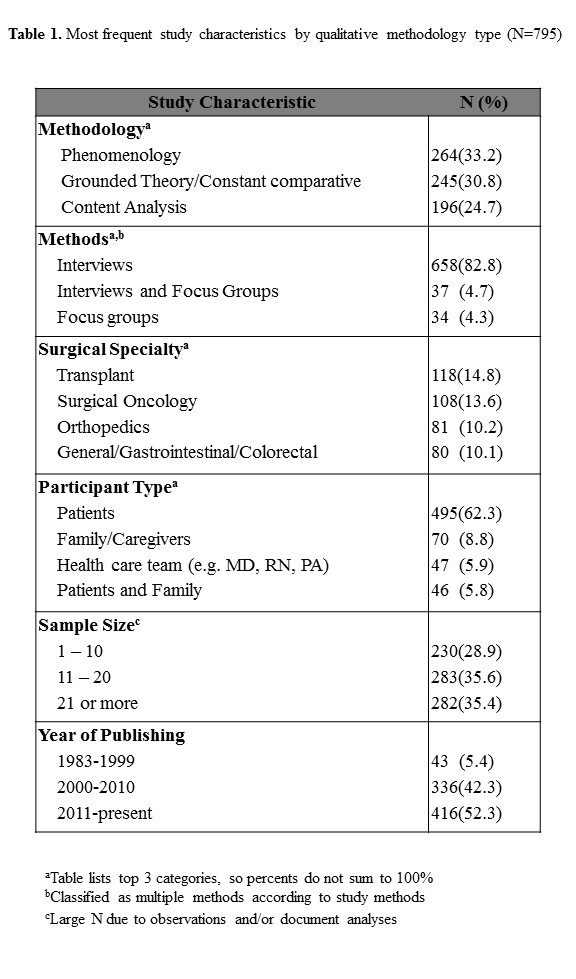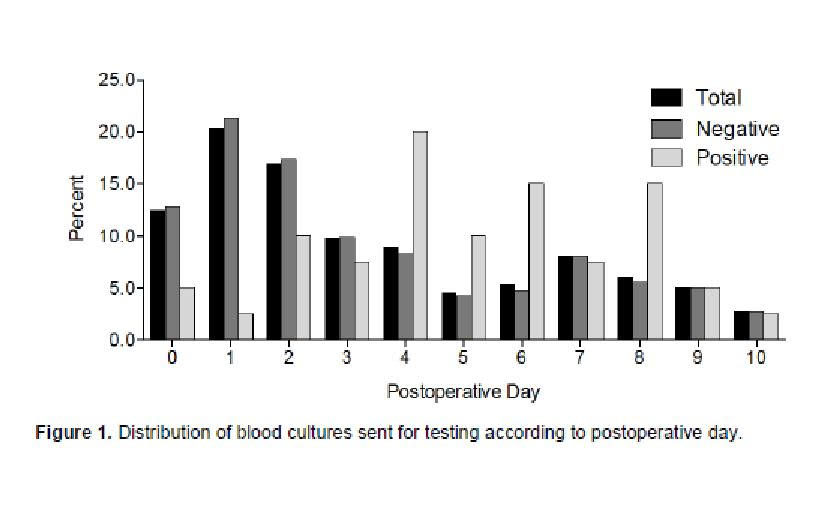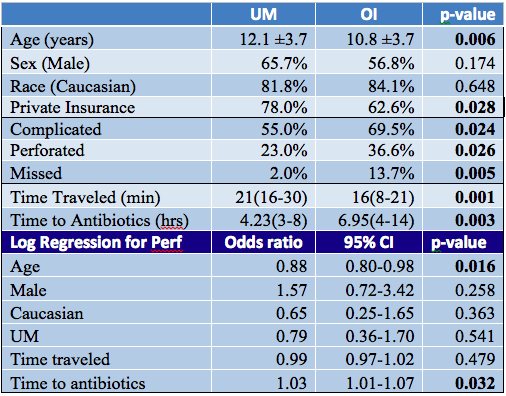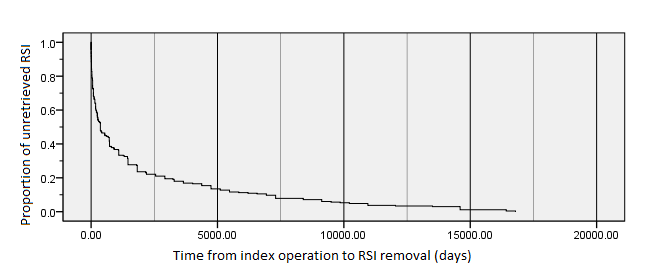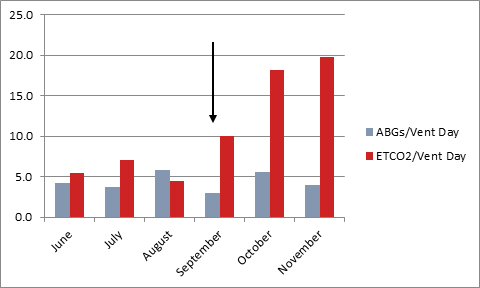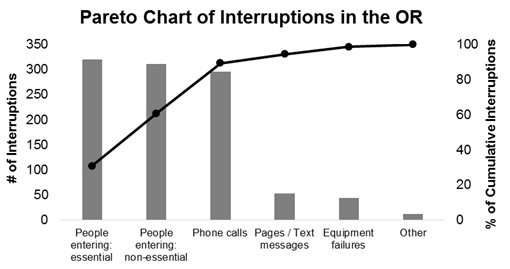W. Crannell1, E. Clark1, T. James1, C. Jones1, J. Moore1 1University Of Vermont College Of Medicine / Fletcher Allen Health Care,Surgery,Burlington, VT, USA
Introduction: Twitter is a well-known online micro-blogging social media device that currently has 302 million monthly active members. The service allows for the users to send small messages called ‘tweets,’ that are limited to 140 characters. With the increasing popularity of social media, such as Twitter, there has been wide recognition that meta-data are a very significant source of information. Increasingly, patients are utilizing Twitter as an outlet for their medical concerns, and thus we decided to test the twittersphere as a potential means by which to collect and analyze patients’ health sentiments in regards to cancer and surgical care.
Methods: A large sample of English tweets from March 2014 through December 2014 with imbedded location coordinates were obtained from the Twitter database. Using regular expression software pattern matching, the tweets were filtered by cancer diagnosis. For each cancer-specific tweetset, individual patients were extracted and the content of the tweet was categorized. The patients’ Twitter identification numbers were used to gather all tweets for each patient, and happiness values for patient tweets were calculated using a quantitative hedonometric analysis.
Results:The most frequently tweeted cancers were: breast (n=15421, 11% of total cancer tweets), lung (n=2928, 2.0%), prostate (n=1036, 0.7%) and colorectal (n=773, 0.5%). Patient tweets pertained to treatment course (n=73, 26%), diagnosis (n=65, 23%), and then surgery/biopsy (n=42, 15%). Computed happiness values for each cancer diagnosis revealed higher average happiness values for thyroid (h_avg =6.1625), breast (h_avg =6.1485) and lymphoma (h_avg =6.0977) cancers, and lower average happiness values for pancreatic (h_avg =5.8766), lung (h_avg =5.8733) and kidney (h_avg =5.8464) cancers. Data pertaining to cancer surgery tweets (n=1629, 1.1% of data set), show that patients (n=202) were more likely to express negative sentiments pre-operatively and more likely to express positive sentiments post-operatively.
Conclusion: The study confirms that patients are expressing themselves openly on social media about their illness and that unique cancer diagnoses are correlated with varying degrees of happiness. Twitter can be employed as a tool to identify patient needs and as a means to gauge the cancer patient experience. Tweets authored by patients are rich in content pertaining to active oncological and surgical treatment. These tweets differ in sentiment with respect to the patients’ operative date and tweets could thus allow for following patients through their treatment journey, potentially highlighting opportunities for improvement in surgical healthcare delivery. This is essential in order to maximize care and patient experience in an era in which patient satisfaction is increasingly being tied to reimbursement.
